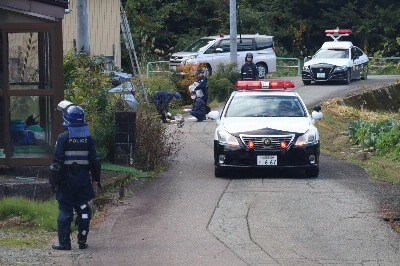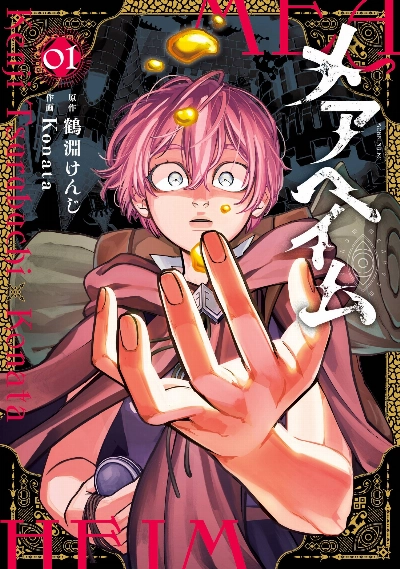Official art criticism has a long history in Japan. The Heian Imperial Court and the Muromachi and Tokugawa shogunates all had staffs of experts to classify, authenticate and evaluate works of art. Many famous artists doubled in this capacity, and not a few emperors and shoguns were known for their critical expertise.
The modern Japanese government does not neglect its responsibilities in this area, and the system of designated National Treasures is known and admired around the world. The National Treasures of Japan show now at the National Museum in Ueno until May 7 celebrates the 50th anniversary of the Cultural Asset Protection Act of 1950, but that act itself was a revision and expansion of earlier laws going back to the early years of the Meiji Era.
The opening of the country after its long isolation brought a double threat to Japanese art. On the one hand, the enthusiasm for exotic, "modern" Western culture led many Japanese to discount their own; alert and discriminating foreigners were not slow to take advantage of this, and many artworks and relics of great value were sold at absurdly low prices to end up in foreign collections and museums.

















With your current subscription plan you can comment on stories. However, before writing your first comment, please create a display name in the Profile section of your subscriber account page.